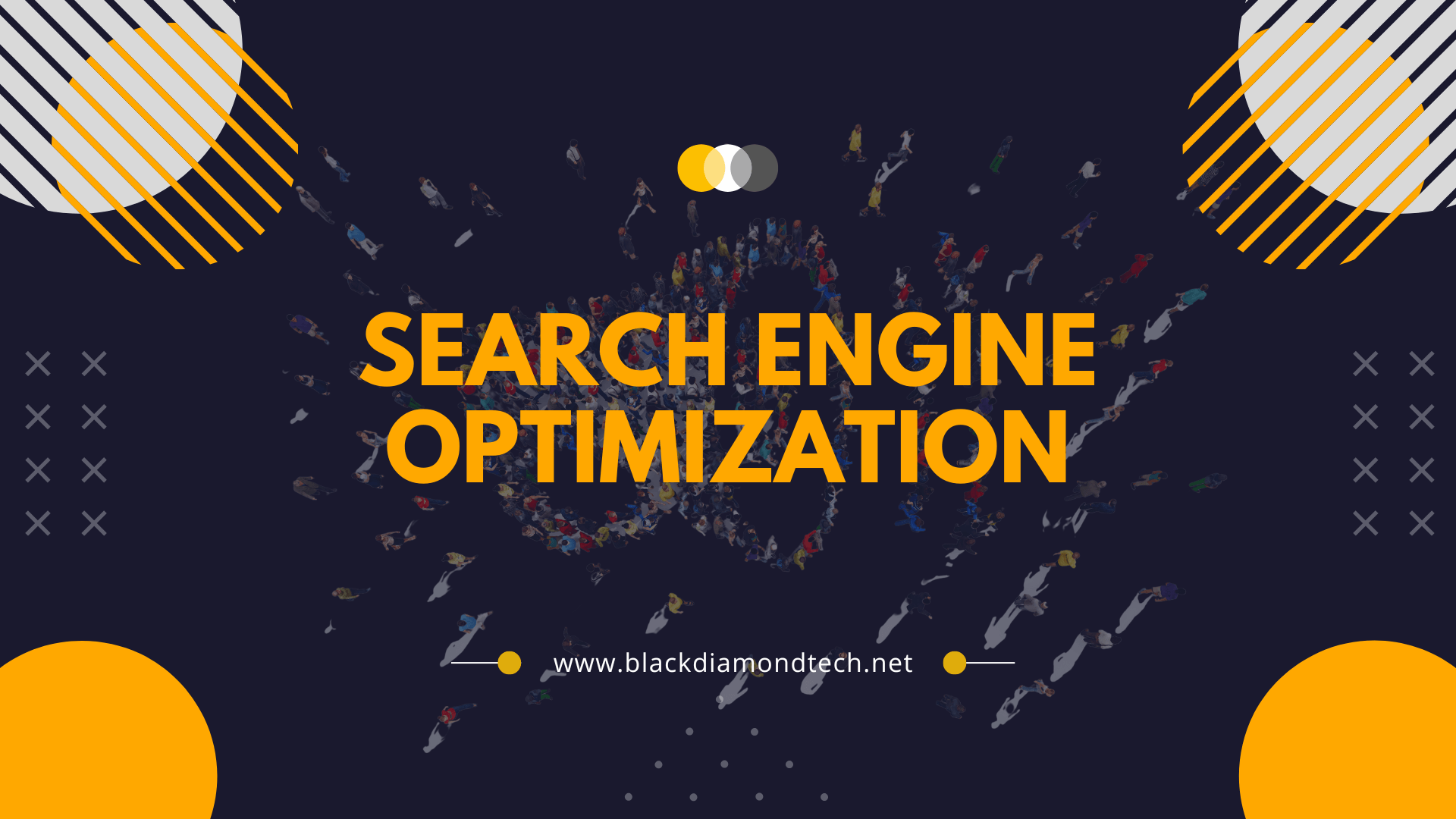

Search Engine Optimization (SEO) is the process of configuring web content to optimize the probability that the content will be found with the optimum ranking when users submit relevant targeted search queries. The objective of our SEO strategy is to help prospects and customers to find your business by boosting traffic to your website and other digital content.
A successful SEO strategy requires that your website is structurally sound and that your content is well organized and well connected with links and social media. It is necessary to work constantly to achieve good SEO results and to maintain your ranking because other websites and content all over the world are constantly battling for the top spot for most keywords.
The goal of search engines like Google (one of many search engines) is to provide quality experience for their users by delivering the best information to queries submitted on their platforms. Gone are the days when you could use shortcuts like keyword stuffing to rank your content – you must do the work to create quality infrastructure and content to achieve the best results.
Let us take care of your SEO to generate more traffic-> leads->sales for your business!
1. Check website health
Use domain tools to verify your website performance, content, backlinks, internal links, and your core web vitals are optimal.
2. Form your content strategy
Optimize and index your content. Create content with a specific purpose, ensuring that it is organized to show relevance to your selected topics.
3. Optimize site's CTR
Select and test title tags and meta descriptions to determine which combinations have the best impact on click-through-rates (CTR).
4. Optimize for PAA
Using "People Also Ask" (PAA) effectively can significantly improve a site's organic ranking for the topic.
5. Build quality backlinks
Building quality backlinks is essential to building your organic SEO ranking. Vigilance is required to fix broken links promptly as this can also hurt your efforts.
6. Optimize your core web vitals
Optimize the time that your site takes for the main content of a page to load and to become interactive, while minimizing the amount of layout shift of visual page content when the site is loaded.






